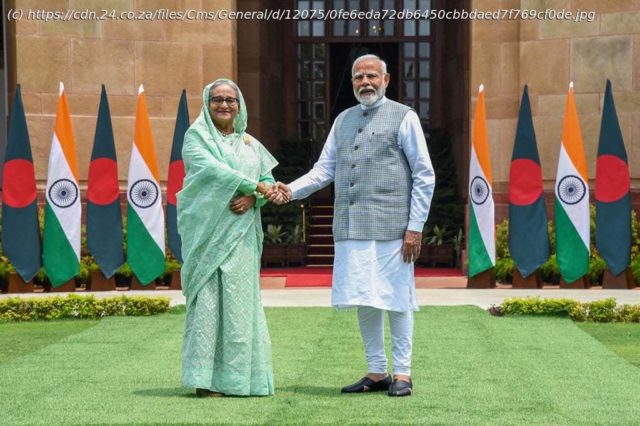Bangladesh Prime Minister Sheikh Hasina’s resigned and fled to India as protests against job reservations turned into protests against her.
Bangladesh Prime Minister Sheikh Hasina resigned and fled the country, as students targeted her office.
Hasina had first insisted protests were the work of opposition parties, then blamed terrorists, and she and her family called on security forces to prevent her ouster.
But underlying youth unemployment saw protests about a job-reservation scheme morph into a direct demand for her removal.
This is how Bangladesh’s protests evolved.
The ‚Students Against Discrimination‘ group, which was at the forefront of last month’s job quota protests also led the demonstrations calling for Hasina to step down.
The protests to reform the quota system paused after the Supreme Court scrapped most quotas on 21 July. Protesters, however, returned last week demanding a public apology from Hasina for the violence, the restoration of internet connections, the reopening of college and university campuses, and release of those arrested.
By the weekend, the demonstrations spiralled into a campaign seeking Hasina’s ouster as demonstrators demanded justice for people killed last month.
Start
United States
USA — mix Bangladesh riots: How empowerment job quotas, youth unemployment brought down a government






